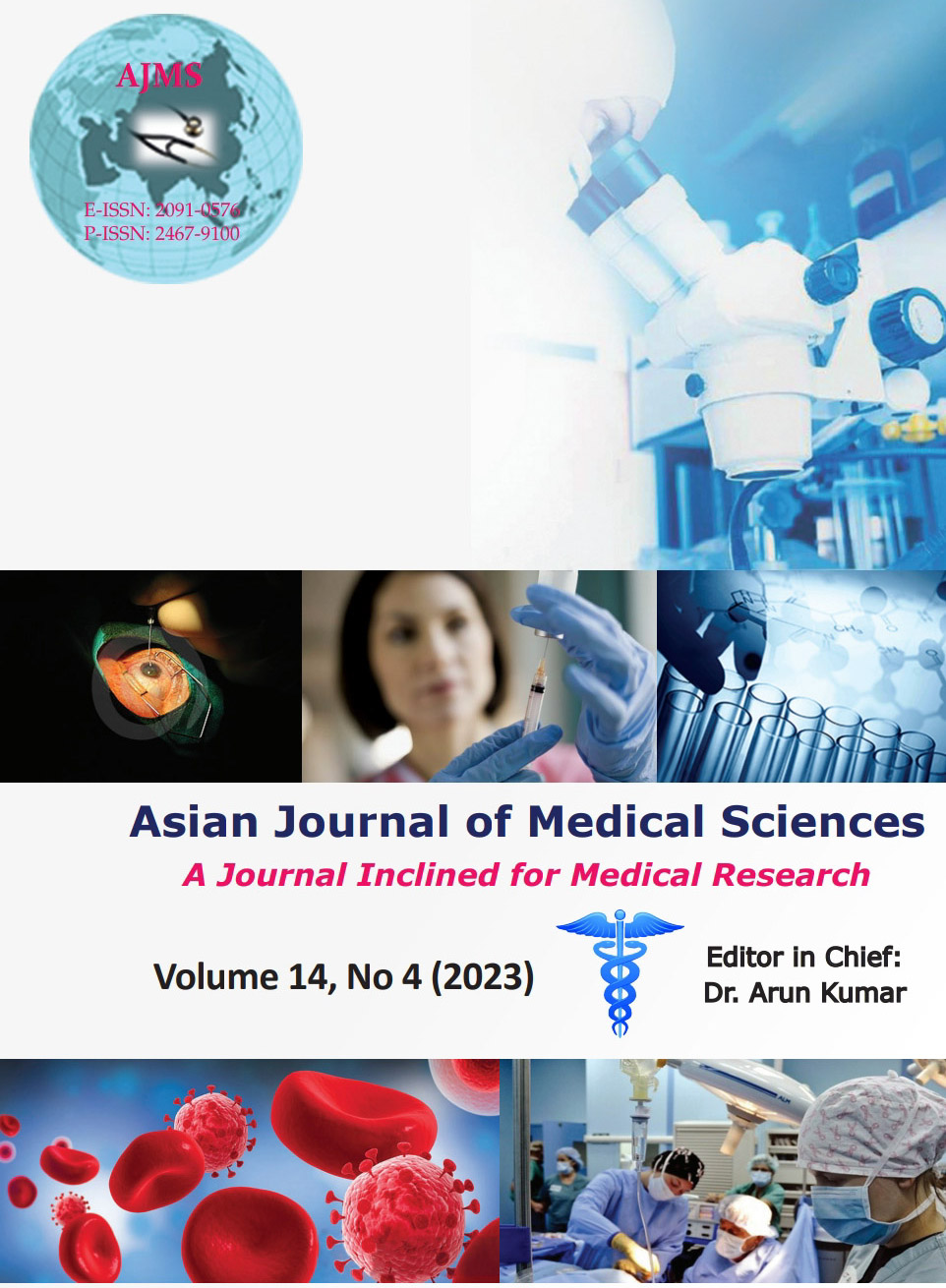Toward developing a scoring system for dengue fever in children
Keywords:
Dengue fever; Severe dengue; Dengue severity scoreAbstract
Background: Dengue is a rapidly increasing global public health problem especially in tropical countries. Dengue is a benign and self-limiting febrile illness in the majority of children but in some children, it can progress to severe dengue (SD) resulting in shock, hemorrhage, and death.
Aims and Objectives: The aims of this study were to develop a scoring system to predict dengue infection severity.
Materials and Methods: This prospective and observational study was conducted on all children admitted with dengue fever at a tertiary teaching institute in India. Daily scoring was done for pulse rate, respiratory rate, blood pressure, hematocrit, platelet count (scores 1–3), and systemic complications (0 if absent, 3 if present). Then, highest score recorded during the hospitalization period was taken for statistical analysis.
Results: A total of 194 cases were classified into probable dengue (PD) 134 (69.1%), dengue with warning signs (DWS) 41 (21.1%), and SD 19 (9.8%) as per the WHO 2009 classification. Mean age of presentation was 11.5 years. The most common presenting symptoms were fever (97.9%), vomiting (73.1%) and signs noticed were flushing (63.4%), hepatomegaly (34.5%), and periorbital puffiness (27.3%). Among 134 children with PD, 116 (86.5%) had dengue severity score 5–6, with only 18 (13.5%) had score 7–13, whereas all 60 (100%) children with DWS and SD had score 7–13, none of them had score <7. Hence, a severity score of >7 identified all children with DWS and SD with overestimation in 13.5% children with PD.
Conclusion: Daily dengue severity score of >7 indicates the high probability of DWS and SD. However, this scoring system should be validated by similar studies in different settings before we can apply in routine clinical practice.
Downloads
Downloads
Published
How to Cite
Issue
Section
License
Copyright (c) 2023 Asian Journal of Medical Sciences

This work is licensed under a Creative Commons Attribution-NonCommercial 4.0 International License.
Authors who publish with this journal agree to the following terms:
- The journal holds copyright and publishes the work under a Creative Commons CC-BY-NC license that permits use, distribution and reprduction in any medium, provided the original work is properly cited and is not used for commercial purposes. The journal should be recognised as the original publisher of this work.
- Authors are able to enter into separate, additional contractual arrangements for the non-exclusive distribution of the journal's published version of the work (e.g., post it to an institutional repository or publish it in a book), with an acknowledgement of its initial publication in this journal.
- Authors are permitted and encouraged to post their work online (e.g., in institutional repositories or on their website) prior to and during the submission process, as it can lead to productive exchanges, as well as earlier and greater citation of published work (See The Effect of Open Access).




